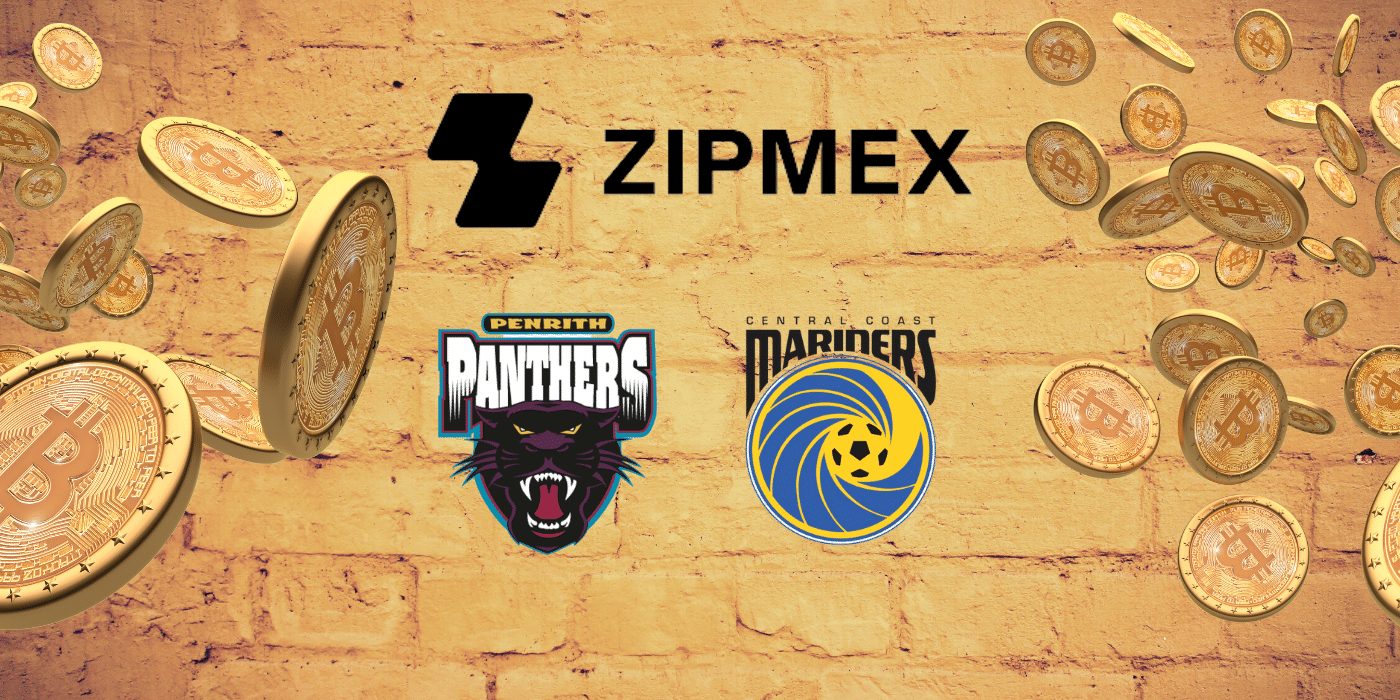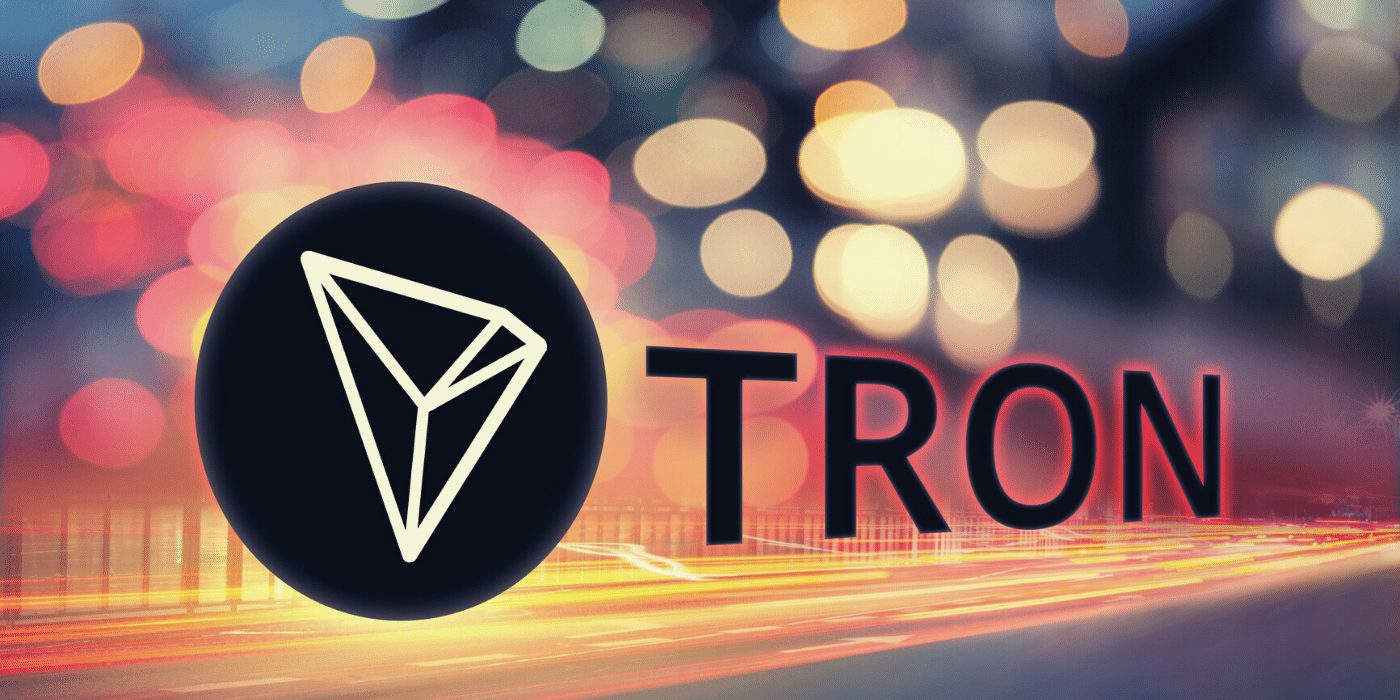Steem (STEEM), the native cryptocurrency of the social media-focused Steem blockchain, has surged over 60 percent following an announcement from Binance that the exchange would start offering a STEEM/USDT trading pair from April 22.
Immediately following the announcement, before Binance even listed STEEM, its price went virtually vertical, surging from US$0.36 to $US0.56 in just a few hours. Once trading began on Binance, STEEM’s price increased further to $US0.61 – an overall gain of over 60 percent.
What is the Steem Blockchain?
Steem blockchain was created in 2016 by Ned Scott, co-founder of BitShares, and Daniel Larimar, lead developer of the EOS blockchain. Steem aims to reward people who actively contribute content on social media. It incentivises constructive participation on social platforms by providing a non-censorable monetisation layer that rewards creators of digital content with cryptocurrency.
The flagship platform running on Steem is Steemit, a Reddit-like social blogging platform that offers users crypto rewards based on participation. There are currently more than 400 social media applications actively using the Steem blockchain.
STEEM Price Action Since Binance Listing
In the days since its Binance listing, STEEM retraced most of its gains, bottoming out at around US$0.40 before again surging in the past two days. At the time of writing the price of STEEM was sitting at US$0.56, around 54 percent higher than its pre-listing price – making it the 254th largest cryptocurrency by market capitalisation.
According to data from CoinGecko, STEEM’s price is still down 93.1 percent from its all-time high of US$8.19, which it hit on January 3, 2018, at the height of the 2017-18 bull run, indicating there may still be considerable room for price growth in the medium to long term.
STEEM’s price surge on the back of a major exchange listing is a familiar story. For example, in December Measurable Data Token (MDT) gained 90 percent in a single day after its Coinbase Pro listing; similarly, IDEX surged over 85 percent in December after it was listed on Huobi.












